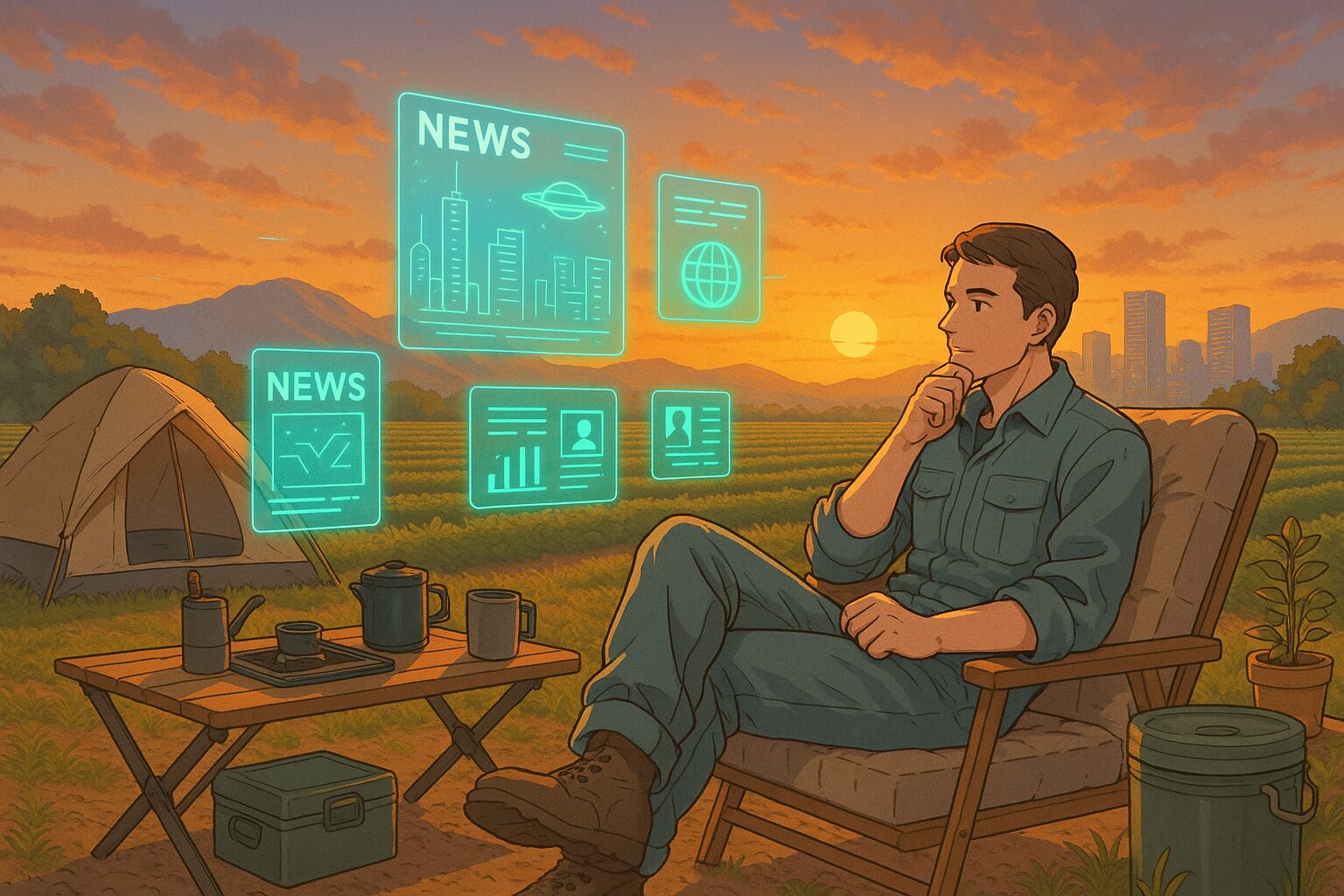Will Genetically Modified Crops Become the Norm in the Future?
News about genetically modified crops is gaining attention once again. In Ghana, the PBR cowpea (a type of cowpea) developed using genetic modification technology is considered safe, providing reassurance to farmers. If this trend continues, how will our dining tables change? What if genetically modified crops become more widely accepted?
1. Today’s News
Source:
We only approved PBR cowpea in Ghana and not 14 crops-National Biosafety Authority clarified
Summary:
- The National Biosafety Authority of Ghana (NBA) guarantees the safety of PBR cowpea.
- PBR cowpea was developed at the Savanna Agricultural Research Institute (CSRI-SARI).
- Safe handling, transportation, and storage procedures have been established.
2. Considering the Background
The discussion around genetically modified crops revolves around how to balance new technology and safety. While there are concerns about food safety and environmental impacts, there are also expectations that it could address food issues caused by climate change and population growth. This issue is receiving attention now due to the evolution of technology and the increasing need for regulations. How will this movement affect our food habits and the future of agriculture?
3. What Will the Future Look Like?
Hypothesis 1 (Neutral): A Future Where Genetically Modified Crops Are Common
If the prevalence of genetically modified crops continues to increase, many of the foods on our dining tables may be created from genetically modified crops. This could enhance agricultural production efficiency and allow for a stable food supply. As a result, our values regarding food may change, potentially prioritizing efficiency and price over safety.
Hypothesis 2 (Optimistic): A Future with Significant Advances in Food Production
As genetic modification technology evolves and more crops are developed, food production may increase dramatically. This could resolve issues such as hunger and malnutrition, leading to a healthier diet. The value placed on food may also shift toward sustainability and diversity.
Hypothesis 3 (Pessimistic): A Future Where Diversity is Lost
While the spread of genetically modified crops continues, there is a risk of losing traditional crops and farming methods. This could lead to a decrease in biodiversity and a dilution of culinary diversity. Consumers’ values may trend towards convenience and efficiency, potentially neglecting diversity.
4. Tips for Us
Thinking Tips
- How can we consider the balance between food safety and efficiency?
- What information do we need to choose sustainable diets?
Small Practical Tips
- Check food labels to deepen understanding of genetically modified crops.
- Select traditional crops grown locally to support diversity.
5. What Would You Do?
- Would you actively choose genetically modified crops?
- Would you prioritize traditional or organic crops?
- How do you view the balance between new technology and tradition?
What future do you envision? Please share your thoughts on social media or in the comments.









